

Articles
How To Store Designer Handbags
Modified: January 6, 2024
Looking for the best way to store your designer handbags? Check out our informative articles for expert tips and tricks to keep your bags in pristine condition.
(Many of the links in this article redirect to a specific reviewed product. Your purchase of these products through affiliate links helps to generate commission for Storables.com, at no extra cost. Learn more)
Introduction
Welcome to the world of designer handbags! These luxurious accessories not only enhance your style but also make a statement about your personality and taste. However, as much as we adore our designer handbags, we occasionally need to store them when they are not in use. Proper storage is essential to maintain the quality, shape, and longevity of these coveted fashion items.
In this article, we will guide you through the process of storing your designer handbags effectively and efficiently. We will discuss the considerations you should keep in mind before storing them, the ideal storage space, how to clean and prepare your handbags, and provide you with tips for storing different types of handbags. Additionally, we will share some additional care guidelines to help you maintain the pristine condition of your beloved bags.
By following these guidelines and implementing proper storage techniques, you can ensure that your designer handbags will remain in impeccable condition for years to come.
Key Takeaways:
- Proper storage is crucial for maintaining the quality and longevity of designer handbags. Consider factors like cleaning, material, and storage space to ensure your bags remain in impeccable condition for years to come.
- Different types of handbags require specific care when it comes to storage. From leather to suede, follow tailored tips to preserve the beauty and integrity of each unique piece.
Read more: How To Store Handbags
Considerations before Storing Designer Handbags
Before you store your designer handbags, there are a few important considerations that you should keep in mind. These considerations will help you protect your bags from damage and maintain their quality during the storage period.
1. Clean your handbags: It is crucial to clean your designer handbags before storing them. Remove any dust, dirt, or stains using a gentle cleaner suitable for the bag’s material. Make sure to follow the manufacturer’s instructions or consult a professional if you are unsure about the cleaning process.
2. Empty out the contents: Before storing your handbags, empty out all the contents. Remove any personal items, such as wallets, makeup, or pens, as they can leave marks or cause damage to the bag’s interior.
3. Stuff the bags: To maintain the shape of your handbags, stuff them with acid-free tissue paper or bubble wrap. This will prevent them from losing their structure during storage.
4. Avoid tight spaces: Avoid storing your designer handbags in tight spaces, such as overcrowded closets or cramped drawers. This can lead to deformation or creasing of the bags. Opt for a spacious storage area that allows the bags to maintain their shape.
5. Protect from direct sunlight: Exposure to sunlight can cause fading and discoloration of your handbags. Store them in a dark or dimly lit area to protect them from harmful UV rays.
6. Consider the material: Different types of materials require different storage techniques. For example, leather handbags should be stored in a cool and dry place to prevent them from drying out. On the other hand, fabric handbags can be more prone to attracting dust and should be stored in dust bags or pillowcases for added protection.
7. Choose the right storage containers: Avoid storing your designer handbags in plastic bags or containers, as they can trap moisture and cause mold or mildew. Instead, opt for breathable storage containers, such as cotton dust bags or pillowcases, to allow air circulation.
By considering these factors before storing your designer handbags, you can ensure that they remain in top condition and are ready to be used whenever you wish to flaunt your impeccable style.
Choosing the Right Storage Space
When it comes to storing your designer handbags, the choice of storage space plays a significant role in maintaining their quality. Here are some factors to consider when selecting the ideal storage spot:
1. Climate control: It is essential to choose a storage area that offers climate control. Extreme temperatures, high humidity levels, and fluctuations in humidity can damage your handbags. Opt for a space with stable temperature and humidity levels to ensure the longevity of your bags.
2. Ventilation: Proper ventilation is crucial to prevent the build-up of moisture, which can lead to mold or mildew. Choose a storage area with good air circulation to keep your handbags fresh and dry.
3. Protection from dust: Dust particles can settle on your designer handbags over time, causing them to lose their luster. Choose a storage space that provides protection from dust, such as a closed closet or a dedicated shelving unit with doors.
4. Accessibility: Consider how frequently you will need to access your handbags. If you use them regularly, opt for a storage space that is easily accessible, like a dedicated shelf or a hanging organizer. If you plan to store them for an extended period, a higher shelf or a storage area that is not frequently accessed may be more suitable.
5. Adequate space: Ensure that your chosen storage space has enough room to accommodate your designer handbags without overcrowding them. Overcrowding can lead to deformation and creasing of the bags. Allow ample space for each bag to maintain its shape and structure.
6. Security: Consider the security of the storage space. If your handbags are valuable or have sentimental value, you may want to choose a storage area that provides additional security measures, such as lockable cabinets or a dedicated safe.
7. Regular monitoring: It is important to periodically check on your stored handbags to ensure that they are in good condition. Regular monitoring allows you to identify and address any issues, such as mold growth or pest infestations, in a timely manner.
By selecting the right storage space that meets these criteria, you can ensure that your designer handbags are protected and preserved, ready to be used and admired whenever you desire.
Cleaning and Preparing the Handbags for Storage
Properly cleaning and preparing your designer handbags before storing them is crucial to maintain their quality and prevent any damage during the storage period. Here are some steps to follow:
1. Surface cleaning: Start by gently cleaning the exterior of your handbags using a soft cloth or a brush suitable for the material. Wipe away any dust, dirt, or stains. Be sure to pay attention to the corners, handles, and hardware.
2. Interior cleaning: Remove any loose debris from the interior of the bags. You can use a vacuum cleaner with a brush attachment or a lint roller to remove any crumbs, dust, or loose particles. If necessary, wipe the interior with a clean and slightly damp cloth to remove any stains or residue.
3. Leather care: For leather handbags, apply a leather cleaner or conditioner to nourish and protect the leather surface. Follow the manufacturer’s instructions or consult a leather care specialist for the correct products and techniques to use based on the type of leather.
4. Fabric care: If you have fabric handbags, spot clean any stains using a gentle fabric cleaner. Be careful not to saturate the fabric and always test the cleaner on a small, inconspicuous area first to ensure it does not cause any color fading or damage.
5. Handle care: Pay special attention to the handles of your handbags, as they are prone to dirt and oils from your hands. Clean the handles using a mild soap or leather cleaner and a soft cloth. Avoid using excessive moisture, as it can damage the handles and cause them to become brittle or crack.
6. Allow drying time: After cleaning, allow your handbags to dry completely before storing them. Avoid storing them while still damp, as this can promote mold or mildew growth. Keep them in a well-ventilated area, away from direct sunlight or heat sources.
7. Protecting the hardware: To protect the hardware from scratches or damage, cover metal or delicate hardware with a soft cloth or tissue paper. This will prevent any potential rubbing or scratching during storage.
8. Use dust bags: Place each cleaned handbag in its own dust bag or pillowcase to protect them from dust, light, and potential scratches. If you no longer have the original dust bags, you can use breathable cotton bags as an alternative.
By thoroughly cleaning and preparing your designer handbags for storage, you can ensure that they remain in pristine condition and are ready to be enjoyed when you take them out again.
To store designer handbags, use dust bags or pillowcases to protect them from dust and sunlight. Stuff them with tissue paper to help maintain their shape, and store them in a cool, dry place away from direct sunlight.
Tips for Storing Different Types of Handbags
Each type of handbag requires specific care when it comes to storage. Here are some tips for storing different types of handbags:
1. Leather handbags: Store leather handbags in a cool, dry place away from direct sunlight to prevent them from drying out or fading. Avoid hanging them, as the weight of the bag can cause stretching or distortion over time. Stuff the bags with acid-free tissue paper or bubble wrap to maintain their shape. If they have chain or leather straps, wrap them in tissue paper to prevent any impressions on the leather.
2. Fabric handbags: Fabric handbags are more prone to attracting dust and stains. Store them in dust bags or pillowcases to protect them from dust and light exposure. Avoid placing heavy objects on top of them to prevent crushing or distorting the shape. If the fabric is delicate, consider using acid-free tissue paper to stuff the bags to maintain their structure.
3. Suede or nubuck handbags: Suede and nubuck handbags require extra care due to their delicate nature. Before storing, gently brush the surface to remove any dirt or debris. Place them in breathable dust bags or pillowcases to protect the suede or nubuck from dust and prevent any color transfer. Avoid stacking these bags on top of each other to prevent flattening the suede or nubuck texture.
4. Patent leather handbags: Patent leather handbags can be prone to sticking or developing wrinkles when stored in contact with other materials. Prior to storing, wrap them in soft, non-abrasive cloth to prevent any damage to the glossy surface. Avoid storing them in plastic bags or containers, as these can cause the patent finish to become sticky.
5. Exotic skin handbags: Exotic skin handbags, such as those made from snakeskin or alligator leather, require specific care. Clean them gently with a soft cloth and store them in a dust bag or pillowcase to prevent dust and scratches. To help maintain the integrity of the exotic skin, periodically moisturize them with a leather conditioner specifically designed for reptile skin.
6. Clutches or evening bags: Clutches and evening bags are typically smaller in size and delicate in nature. Store them in their original dust bags or wrap them in soft, non-abrasive cloth to protect them from dust and potential damage. Avoid placing heavy objects on top of them, as this can cause deformation or crushing.
7. Chain strap or metallic handbags: For handbags with chain straps or metallic hardware, take extra precautions to protect them from scratching. Cover the hardware with a soft cloth or tissue paper to prevent contact with other items during storage. Avoid hanging these bags, as the weight of the chain or hardware can cause stretching or distortion.
Remember to periodically check on your stored handbags to ensure they remain in good condition. By following these tips, you can effectively store and preserve your different types of handbags for long-lasting enjoyment.
Read more: How To Store Handbags In Closet
Additional Care and Maintenance Guidelines
In addition to proper storage, there are some extra care and maintenance guidelines you can follow to ensure your designer handbags stay in excellent condition:
1. Rotate your handbags: If you have a collection of designer handbags, it’s a good idea to rotate the bags you use frequently. This helps prevent excessive wear and tear on any one bag and allows all your bags to be used and enjoyed.
2. Handle with clean hands: Whenever you handle your handbags, make sure your hands are clean and free from lotions or oils. This helps prevent any transfer of dirt, oil, or stains onto the bag’s surface.
3. Avoid overstuffing: While it’s tempting to carry everything you need in your handbag, avoid overstuffing it. Overloading your bag can put stress on the handles, zippers, and seams, potentially causing damage over time. Carry only what you need to prevent unnecessary strain on the bag.
4. Protect from rain and moisture: If you’re caught in the rain or encounter moisture, try to protect your handbag by using a waterproof cover or umbrella. If your bag does get wet, gently blot it with a soft cloth and allow it to air dry naturally. Do not use heat sources to speed up the drying process, as it can damage the materials.
5. Avoid direct contact with perfume and chemicals: Perfumes, cosmetics, and household chemicals can damage the materials of your handbags. Avoid spraying perfume directly onto your bag and be cautious when handling chemicals. If your bag does come into contact with chemicals, wipe it immediately with a clean, damp cloth.
6. Regularly clean and condition: Even when not in storage, it’s important to regularly clean and condition your designer handbags. Follow the manufacturer’s instructions for cleaning and conditioning, or consult a professional for specialized care. Regular maintenance helps prevent build-up of dirt, extends the lifespan of the bag, and keeps it looking its best.
7. Professional repairs and restoration: If your designer handbag requires repairs or restoration, it’s best to seek professional services. Qualified specialists can handle repairs, such as stitching, hardware replacement, or leather refinishing, to restore your bag to its original beauty.
By following these additional care and maintenance guidelines, you can protect your investment and enjoy your designer handbags for years to come.
Conclusion
Storing your designer handbags properly is essential to preserve their beauty, quality, and value. By considering the various factors before storage, choosing the right storage space, and following the necessary cleaning and preparation steps, you can ensure that your handbags remain in excellent condition, ready to be used and cherished for years to come.
Remember to clean your handbags thoroughly, empty out their contents, and stuff them with tissue paper or bubble wrap to maintain their shape. Choose a storage space that offers climate control, ventilation, and protection from dust. Take into account the specific care needed for different types of handbags, such as leather, fabric, suede, or exotic skins. And don’t forget to follow additional care and maintenance guidelines, such as rotating your bags, handling them with clean hands, and avoiding overstuffing.
Regular monitoring, cleaning, and conditioning are crucial for the longevity of your handbags. When necessary, seek professional repairs or restoration to ensure they remain in pristine condition.
By investing time and effort in properly storing and caring for your designer handbags, you are preserving their value and allowing yourself to enjoy these luxurious accessories for years to come. With these tips, your handbags will always be ready to accompany you on every stylish adventure.
Frequently Asked Questions about How To Store Designer Handbags
Was this page helpful?
At Storables.com, we guarantee accurate and reliable information. Our content, validated by Expert Board Contributors, is crafted following stringent Editorial Policies. We're committed to providing you with well-researched, expert-backed insights for all your informational needs.
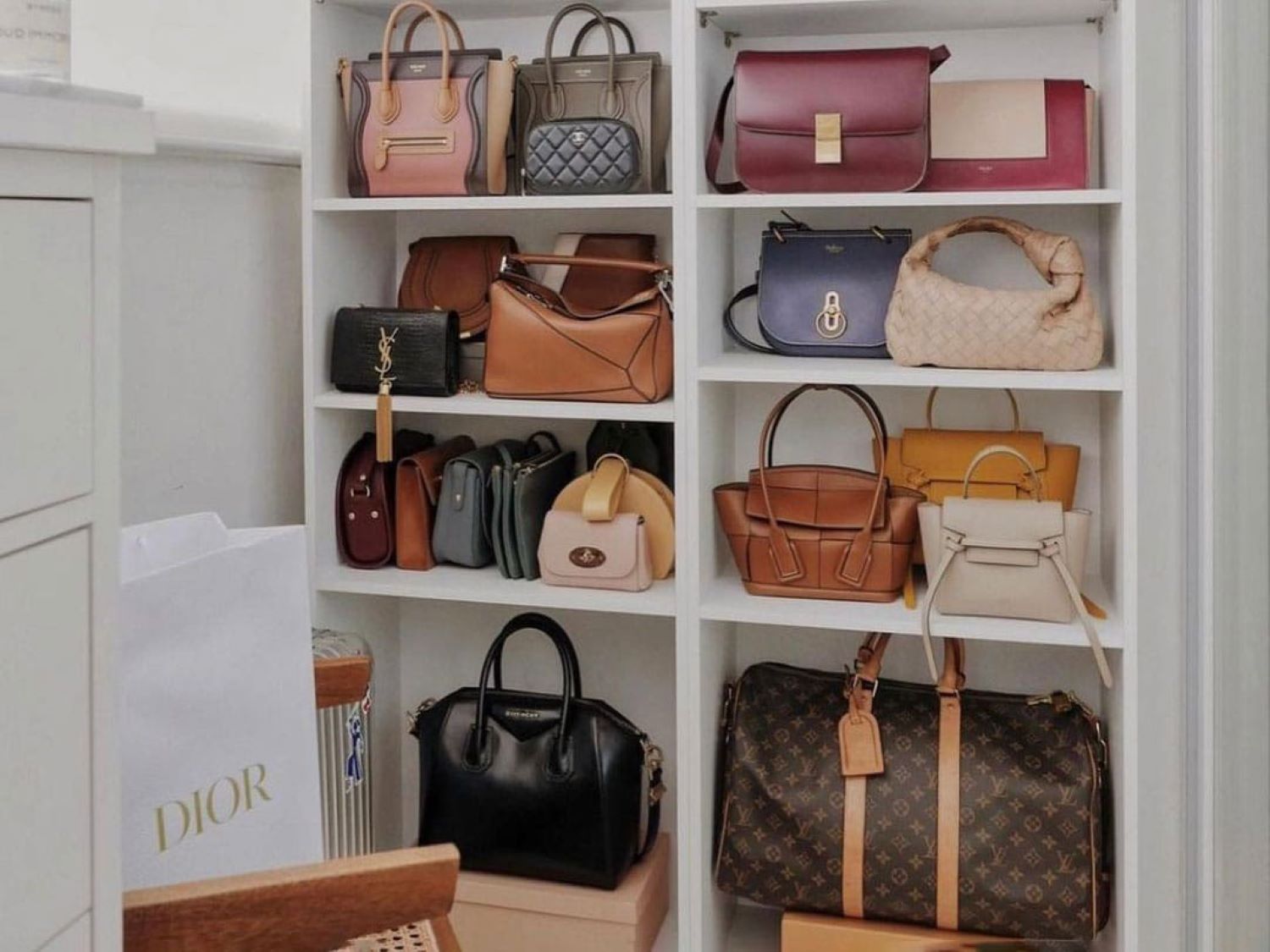
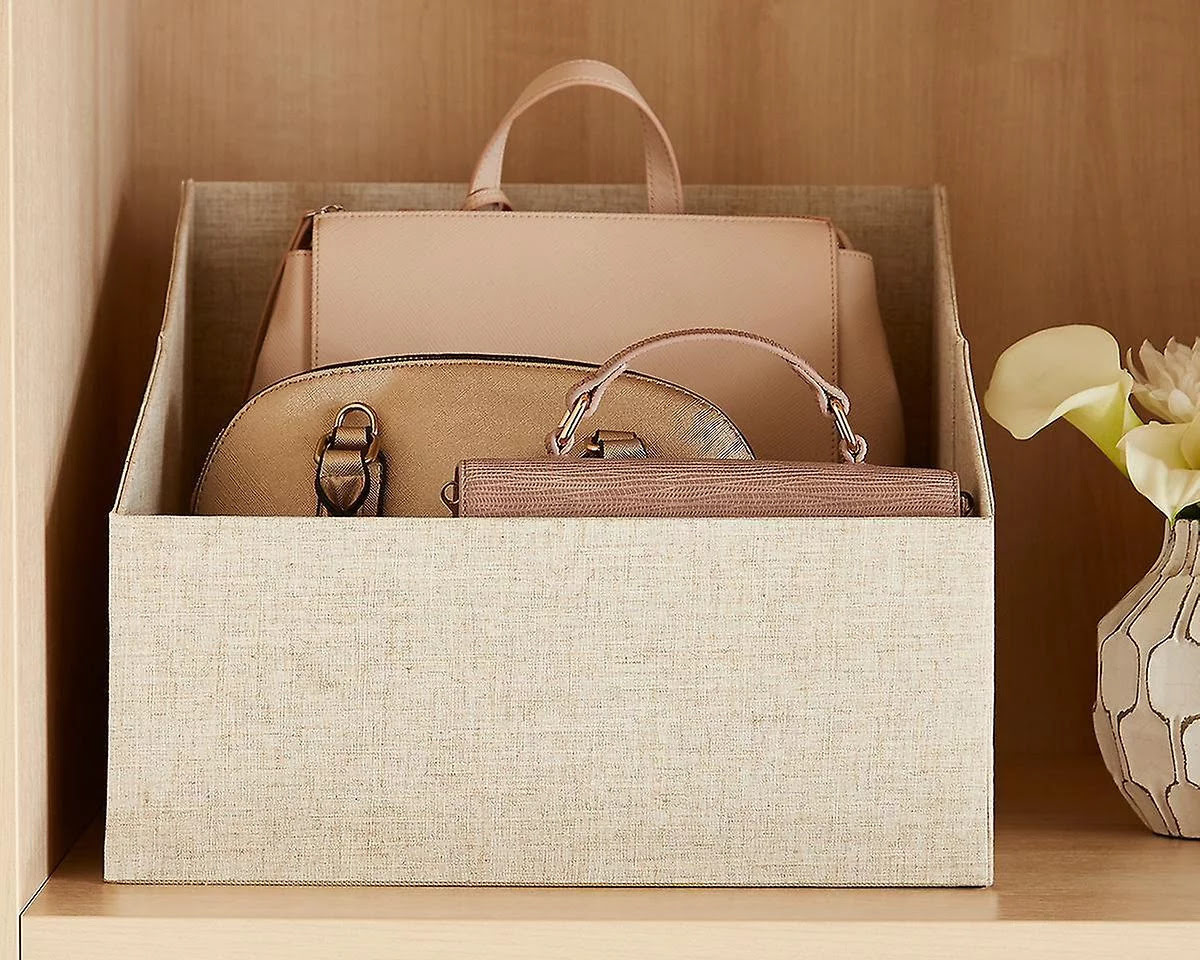
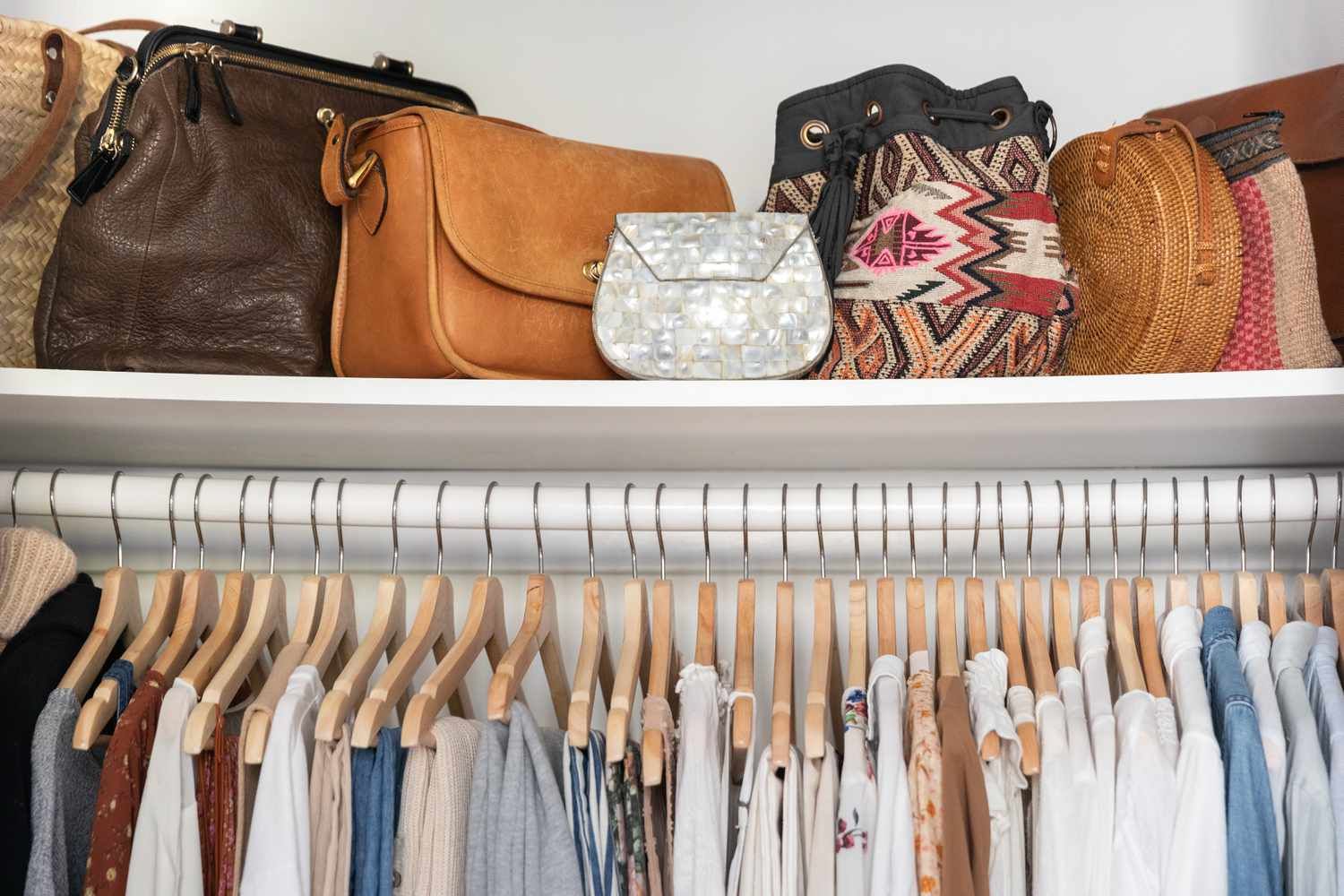


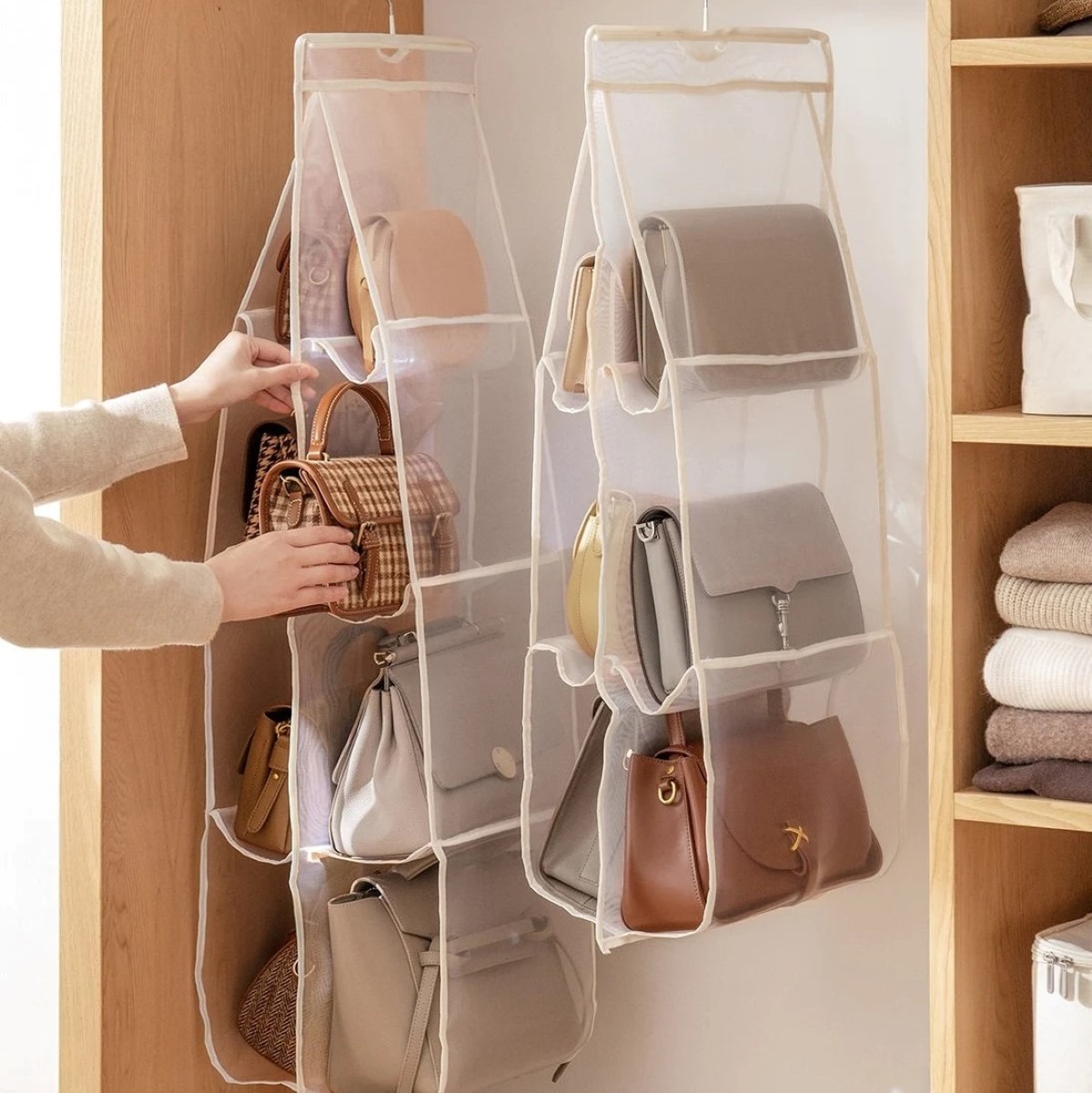

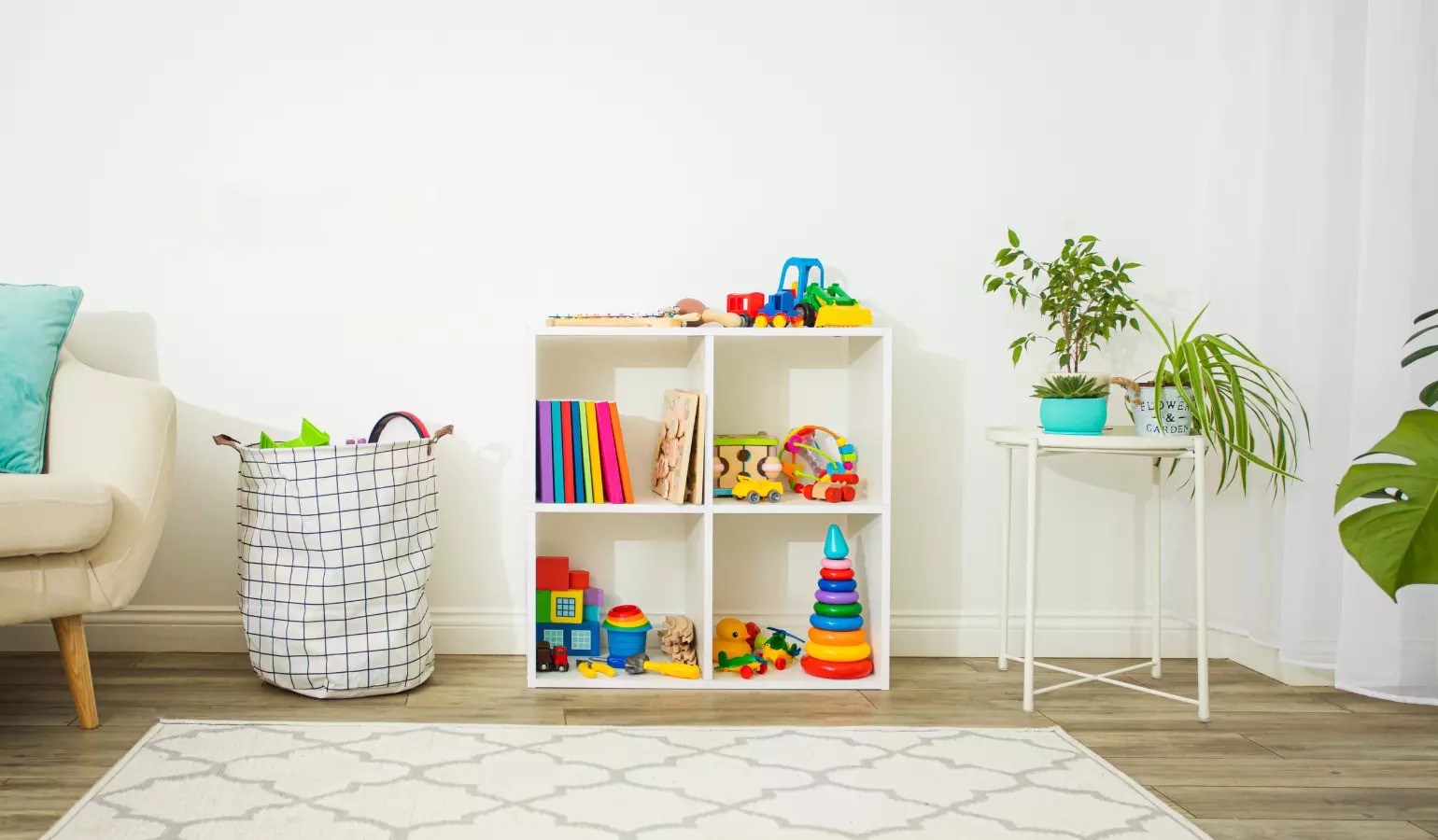
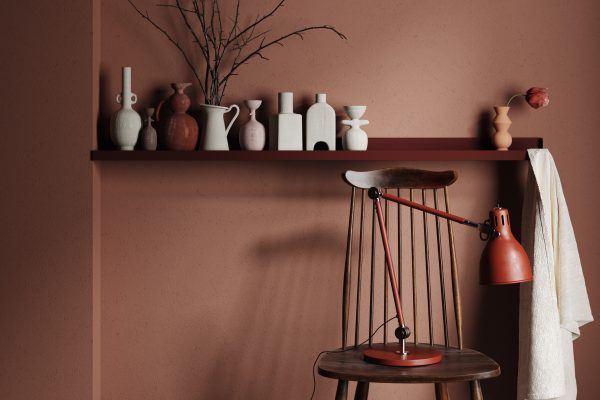



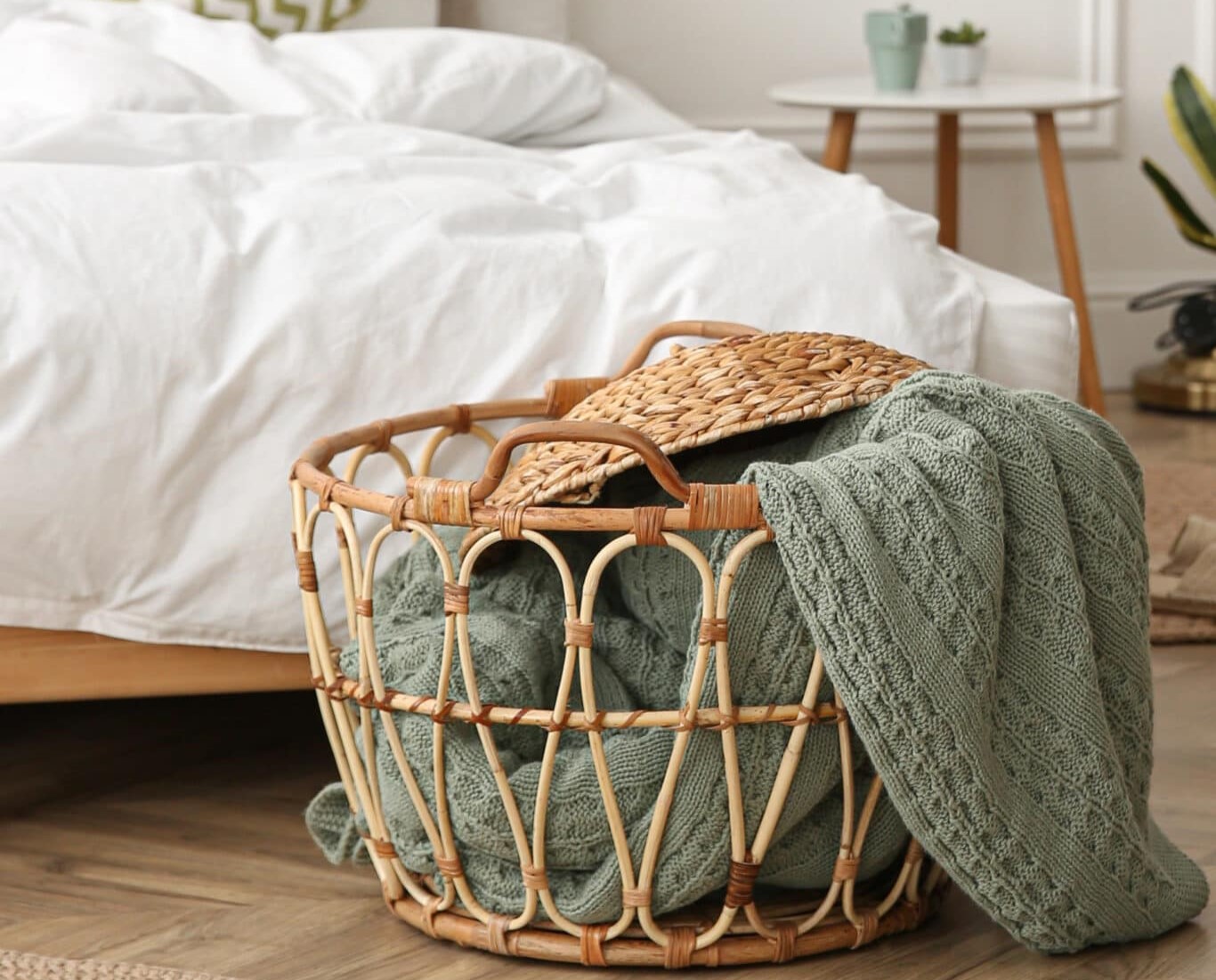


0 thoughts on “How To Store Designer Handbags”